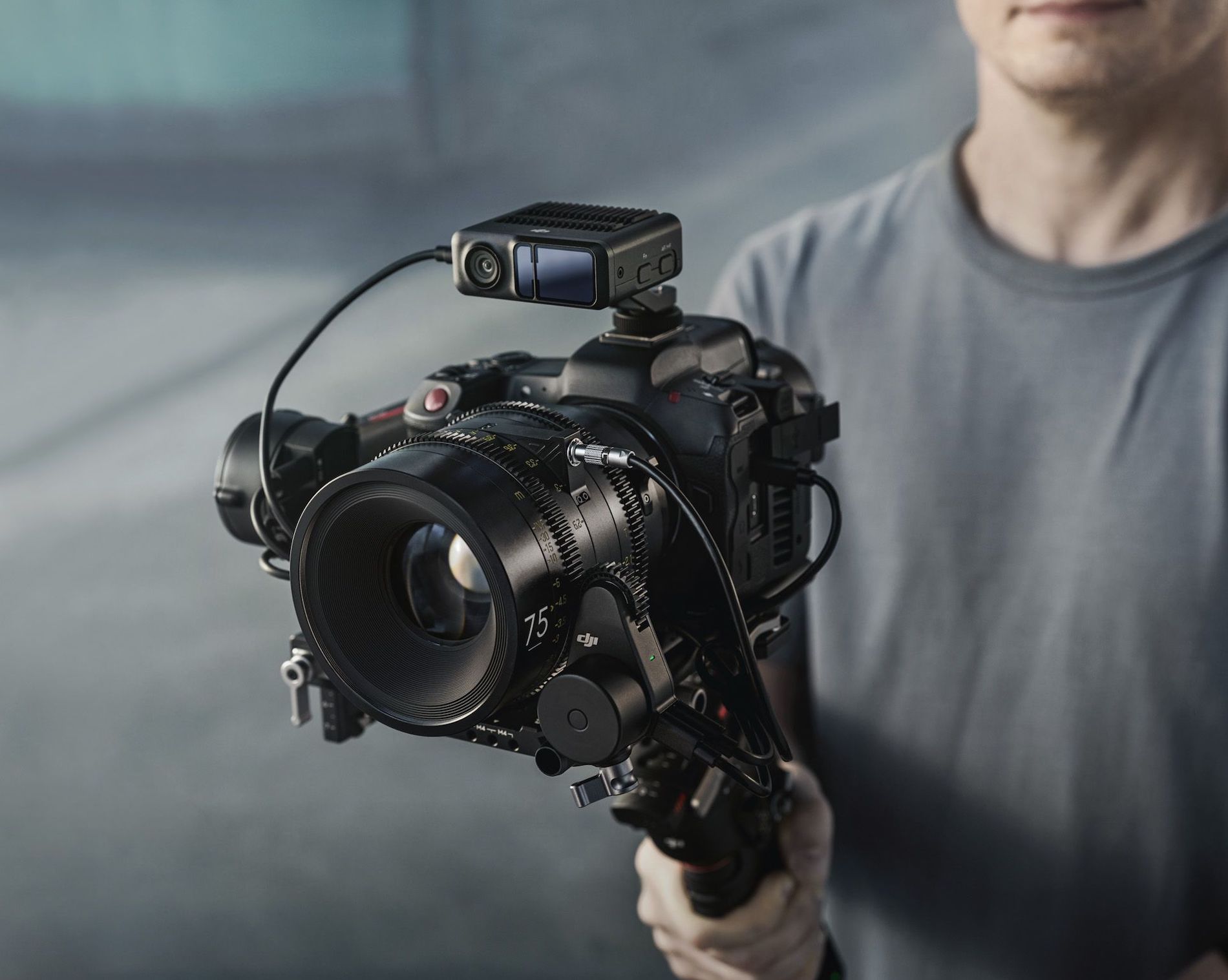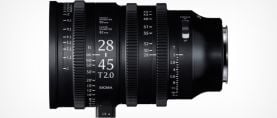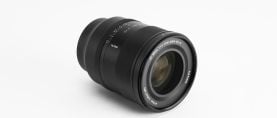
DJI Introduces RS 3 Stabilizers, Transmission System
The DJI RS 3 and RS 3 Pro stabilizers incorporate a range of new features, and DJI Transmission is an independent, wireless video solution.
DJI has unveiled the DJI RS 3 and DJI RS 3 Pro stabilizers and DJI Transmission, the company’s first independent, wireless video solution.
The DJI RS 3 incorporates a range of new features, including an automated axis-locking system. By simply turning on the gimbal, the automated axis locks release and unfold the gimbal, allowing the operator to get started. Tapping the power button once will send the device into sleep mode. The addition of a Bluetooth Shutter Button supports automatic connection without the need for a camera-control cable.
Weighing 2.8 pounds, the RS 3 can be held in one hand, and its 6.6-pound payload capacity will easily support most mainstream devices.
Thanks to the third-generation RS Stabilization Algorithm, the RS 3 is easy to operate while shooting at low angles, running and even filming from a moving vehicle. For lenses with focal lengths of up to 100mm, SuperSmooth mode aids stabilization further. It is also easier to configure thanks to its 1.8" OLED full-color touchscreen. Most gimbal setups can be done directly without connecting to the mobile app, while the UI and interface logic have been redesigned to put all controls rights at the user’s fingertips. This includes a physical gimbal-mode switch that operators can slide to choose pan follow, pan and tilt follow or FPV modes.
A new battery grip provides up to 12 hours of battery life. The RS 3 also features a quick-release structure and supports PD fast charging at 18 watts. The battery can be charged independently or even during use.
The RS 3 Pro offers the same new features as the RS 3 but is an even more versatile camera platform. Arms constructed from one uncut piece of carbon fiber make it light and strong; the arms have also been extended to allow for more balancing space for cameras such as the Sony FX6, Canon C70 and Red Komodo. The Pro weighs 3.3 pounds and offers a 10-pound payload capacity.
The RS 3 Pro carries Ronin 4D’s LiDAR focusing technology to create the new DJI LiDAR Range Finder, capable of projecting 43,200 ranging points within a 46' indoor area. A next-generation focus motor provides torque 3x stronger with one-step mounting, enabling autofocus on manual lenses with no need for repetitive calibration. Furthermore, the LiDAR Range Finder carries a DJI-developed chip identical to the one used in Ronin 4D and a built-in 30mm camera, boosting the computing power of ActiveTrack by more than 60x, creating ActiveTrack Pro.
With its dual RSA/NATO port and battery port, RS 3 Pro can connect to accessories such as the new Briefcase Handle, Twist Grip Dual Handle and Tethered Control Handle, opening up a variety of shooting options.
The DJI RS SDK protocol enables third-party manufacturers and individual developers to create customized solutions for the RS 3 Pro.
DJI Transmission combines reception, monitoring, control and recording into one. O3 Pro transmission technology enables the system to offer a 20,000'-on-ground transmission distance with end-to-end ultra-low latency. Video is transmitted in 1080p/60fps and provides live audio monitoring at 16-bit 48 kHz.
To cope with complicated signal and structural environments, a DFS band has been added on top of the traditional 2.4 GHz and 5.8 GHz settings, creating up to 23 channel options. A built-in frequency sweeper automatically scans the current electromagnetic environment for the best wireless channel, instantly switching channels when needed. Users can also manually select an appropriate channel to avoid interference between devices.

DJI’s 7" 1500-nit High-Bright Remote Monitor includes an integrated receiver, eliminating the need for video cables running into a monitor. The device supports one transmitter with multiple receivers, as well as two transmission modes to address different transmission needs. In Control mode, monitoring can be carried out from two receivers at the same time, while the gimbal and camera can also be controlled remotely. Broadcast mode can also be enabled with Control mode, allowing an unlimited number of receivers. On large sets, DJI Transmission can work simultaneously with 10 or more transmitters sending signals to transmit to 10 devices, creating a synchronized experience.
When used with RS 3 Pro, DJI Transmission can work as a gimbal and camera controller, unlocking more functions and fully integrating the ground-based Ronin ecosystem. The High-Bright Remote Monitor has a built-in gyroscopic sensor that acts as a standalone motion controller for RS 3 Pro. Using Ronin 4D Hand Grips, the operator of an RS 3 Pro can control the gimbal, focus and exposure and start/stop a recording with both hands.
As well as simultaneous access to video time codes, the monitor allows for independent recording and playback of 1080p/60fps H.264 footage, making it easy to edit sample footage on set.
DJI Transmission works seamlessly with DJI Master Wheel and Force Pro.
The DJI RS 3 and RS 3 Pro are available now, with the RS 3 starting at $549 and the RS 3 Pro starting at $869.
DJI Transmission will be available in September and will list for $2,499.
DJI has also announced that beginning in August, Ronin 4D will support the Apple ProRes 4444 XQ codec. For these users, the company is introducing the Zenmuse X9 Extension Cable, which enables the Zenmuse X9 gimbal camera to be used separate from the body of Ronin 4D. DJI Pro has also joined the L-Mount Alliance and partnered with Leica to introduce the Zenmuse X9 L-Mount Unit, enabling Ronin 4D users to fit Leica, Panasonic and Sigma L-Mount lenses onto their cameras.
Follow DJI on Facebook, Twitter and Instagram.
Keep up with American Cinematographer on Facebook, Twitter and Instagram.






